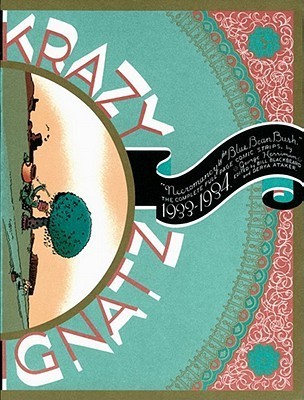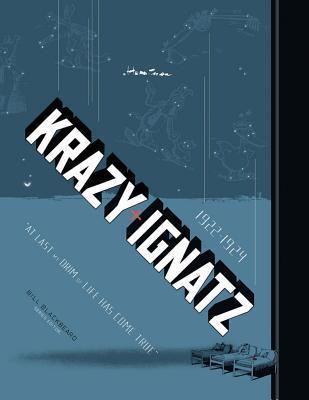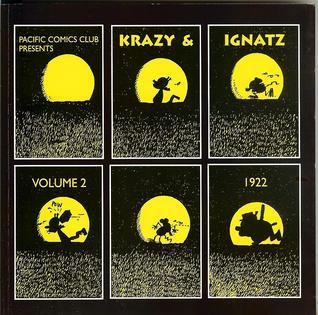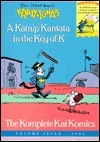
Part of Series
Fantagraphics' latest volume collecting one of America's true national treasures, Krazy Kat. In 2002, Fantagraphics embarked on a publishing plan to reintroduce the greatest strip of the first-half of the 20th Century (the Peanuts of its era) to a public that has largely never seen it: this volume is the fourth in a long-term plan to chronologically reprint strips from the prime of Herriman's career, most of which have not seen print since originally running in newspapers 75 years ago. Each volume is edited by the San Francisco Cartoon Art Museum's Bill Blackbeard, the world's foremost authority on early 20th Century American comic strips, and designed by Jimmy Corrigan author Chris Ware, who may well go down as the best cartoonist of the 21st Century. Krazy & Ignatz 1931-1932 is a hot-baked brickbat of a volume, a dance with nearly two full years of the Sunday Krazy Kat (Herriman did not use color until 1935), snug between multiple pages of Herriman extras, including an extensive essay by series editor Bill Blackbeard on pre-Kat Herriman work (with reproductions from rare "Baron Mooch" and "Gooseberry Sprig" strips, and a rarely-seen 1923 full-page drawing of the Kat done for Circulation magazine), and, best of all, a 30-page sequence of over two straight months' worth of 1931 dailies! Plus a new "Debaffler" page decoding Krazy arcana, and a stunning layout front and back and throughout by the inimitable Chris Ware! Krazy Kat is a love story, focusing on the relationships of its three main characters. Krazy Kat adored Ignatz Mouse. Ignatz Mouse just tolerated Krazy Kat, except for recurrent onsets of targeting tumescence, which found expression in the fast delivery of bricks to Krazy's cranium. Offisa Pup loved Krazy and sought to protect "her" (Herriman always maintained that Krazy was gender-less) by throwing Ignatz in jail. Each of the characters was ignorant of the others' true motivations, and this simple structure allowed Herriman to build entire worlds of meaning into the actions, building thematic depth and sweeping his readers up by the looping verbal rhythms of Krazy & Co.'s unique dialogue.
Author
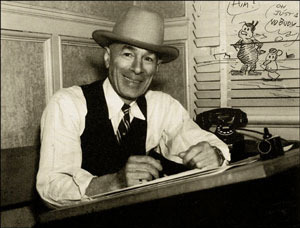
George Herriman was born August 2nd, 1880. He was an African-American cartoonist whose comic strip Krazy Kat has been said by many to be America’s greatest cartoon. Herriman was born in New Orleans, but his Creole family soon moved to California. As a teenager, he contributed drawings to local newspapers. In his early 20s, he moved to New York City and freelanced until newspaper mogul William Randolph Hearst hired him for the New York Evening Journal. During the first decade of the 20th century, Herriman’s first success was called The Family Upstairs. Krazy Kat gained independence on October 28, 1913 as a cartoon character of his own, and ran until George Herriman died in 1944. Krazy Kat never achieved wide popularity among newspaper readers, though it attracted a highbrow following. Fans included Pablo Picasso, Charlie Chaplin, Walt Disney, F. Scott Fitzgerald, Frank Capra, H. L. Mencken, and Ernest Hemingway. Krazy Kat's lengthy tenure owed much to Hearst's personal love of the strip. Acceptance by the cultural mainstream grew after Herriman's death, as Krazy Kat appeared in an animated series by Paramount Studios and even in a novel. Throughout the 20th century, cartoonists have considered Krazy Kat the founding father (or mother) of sophisticated comic strips.
